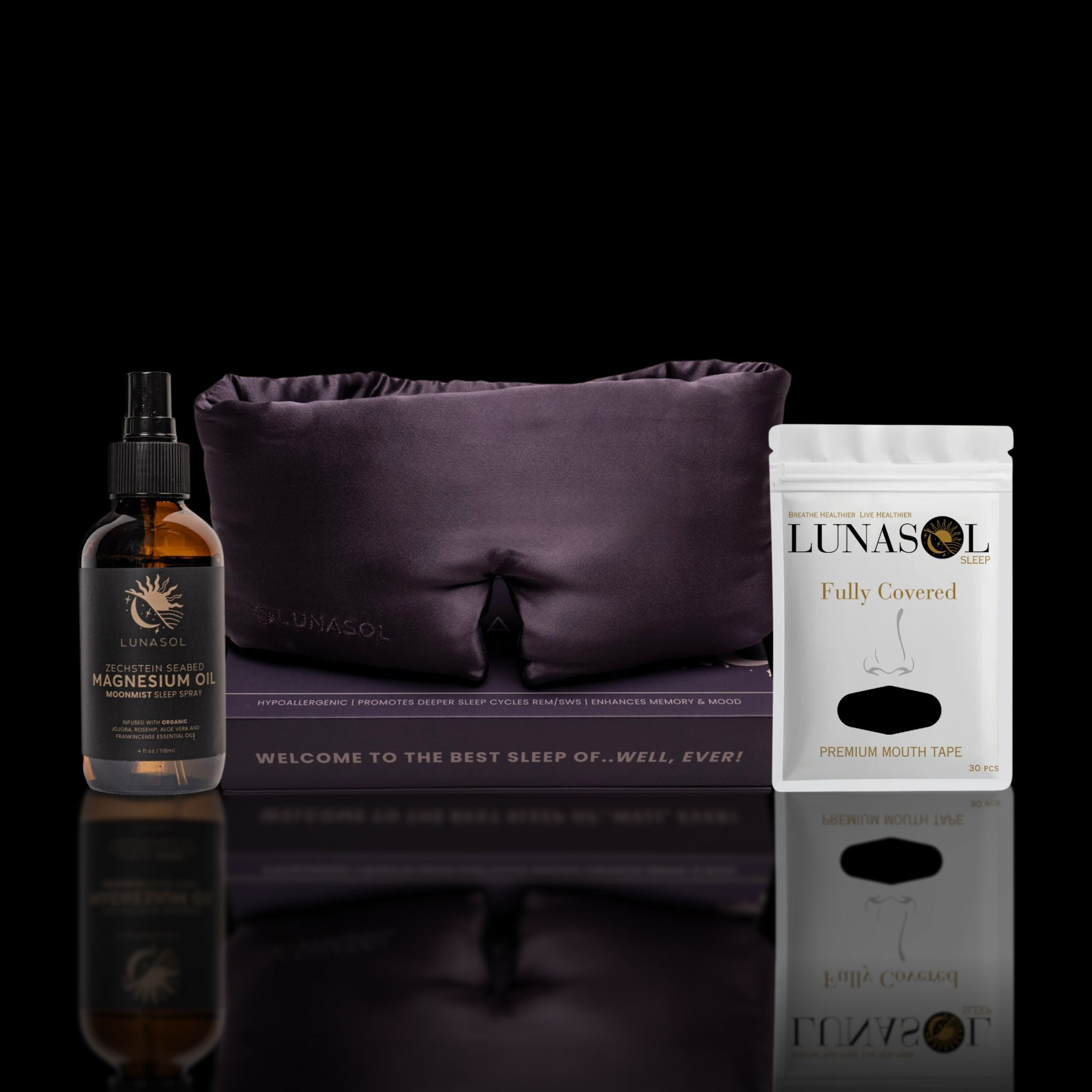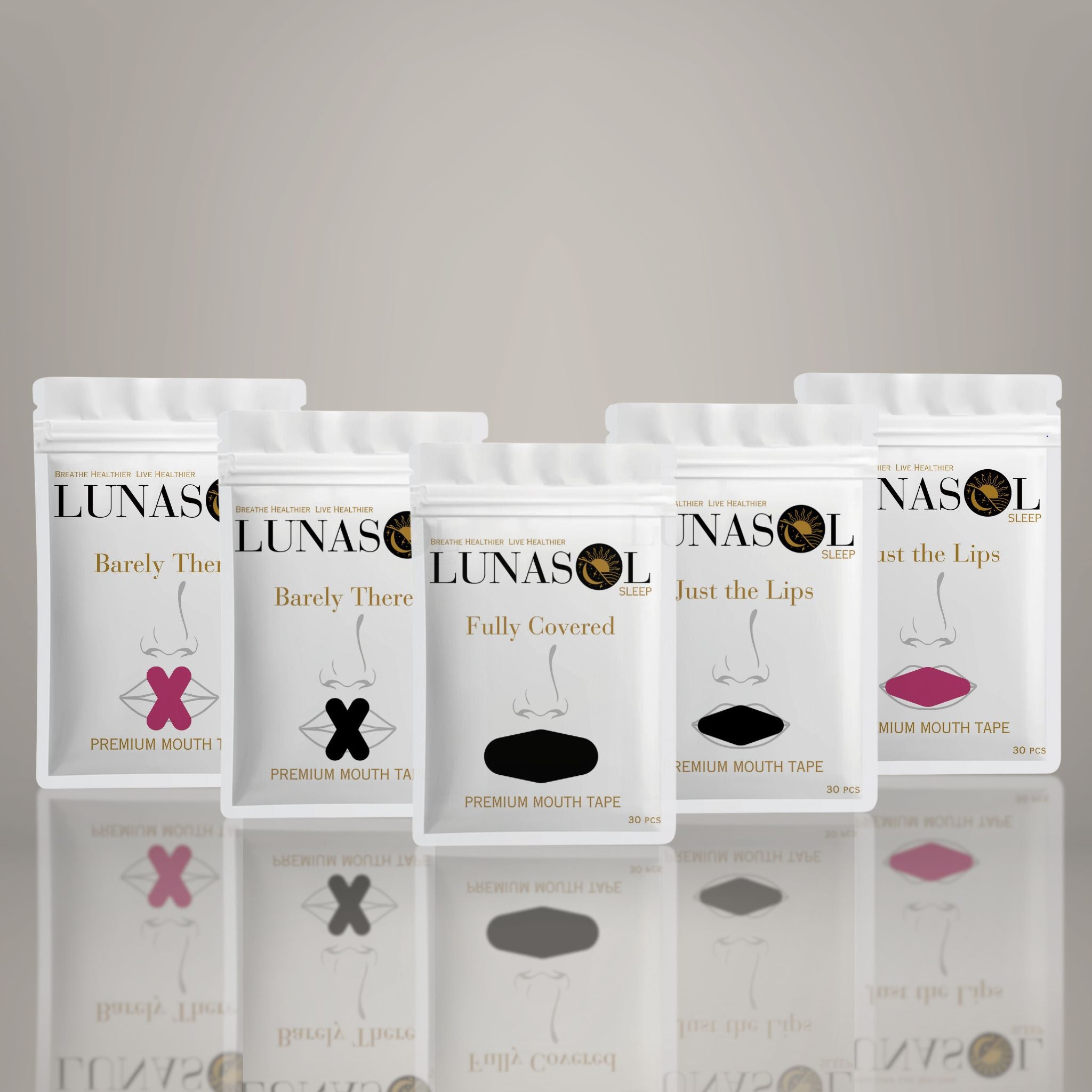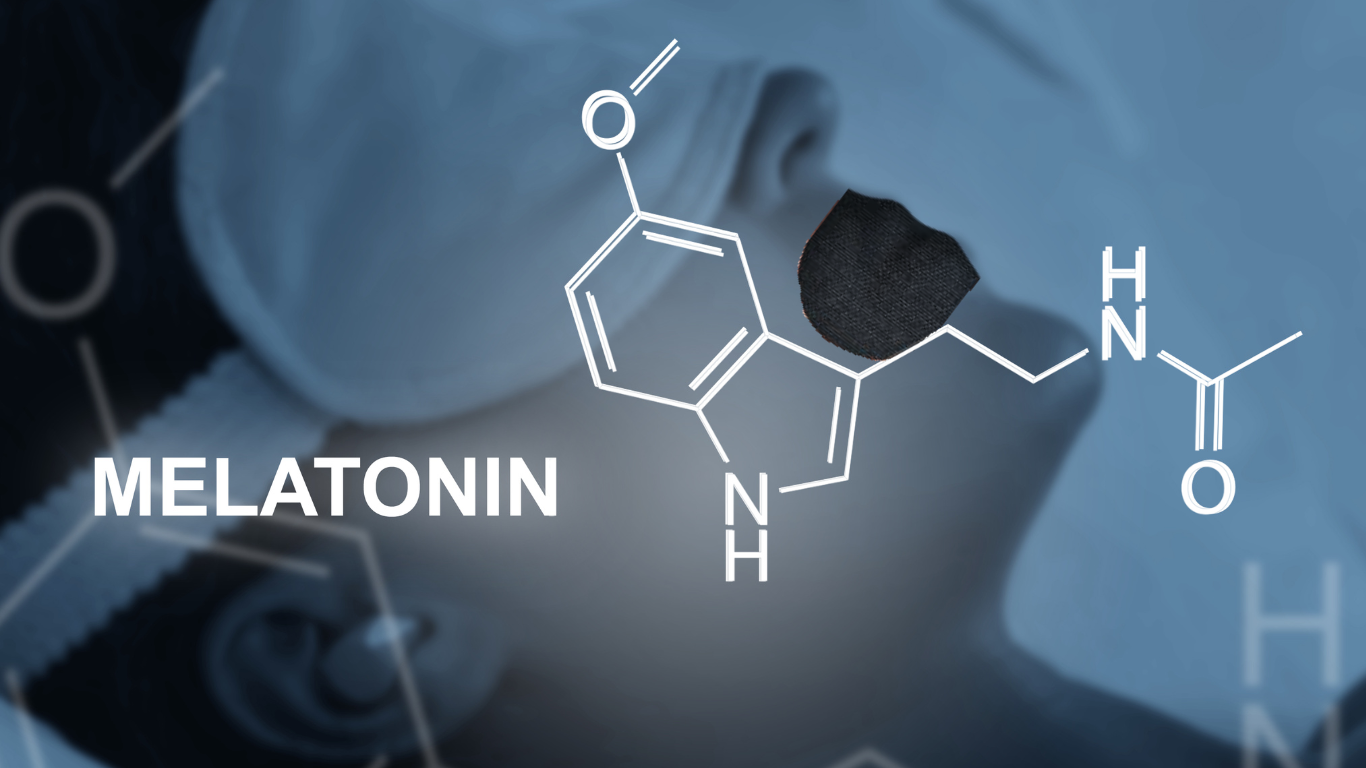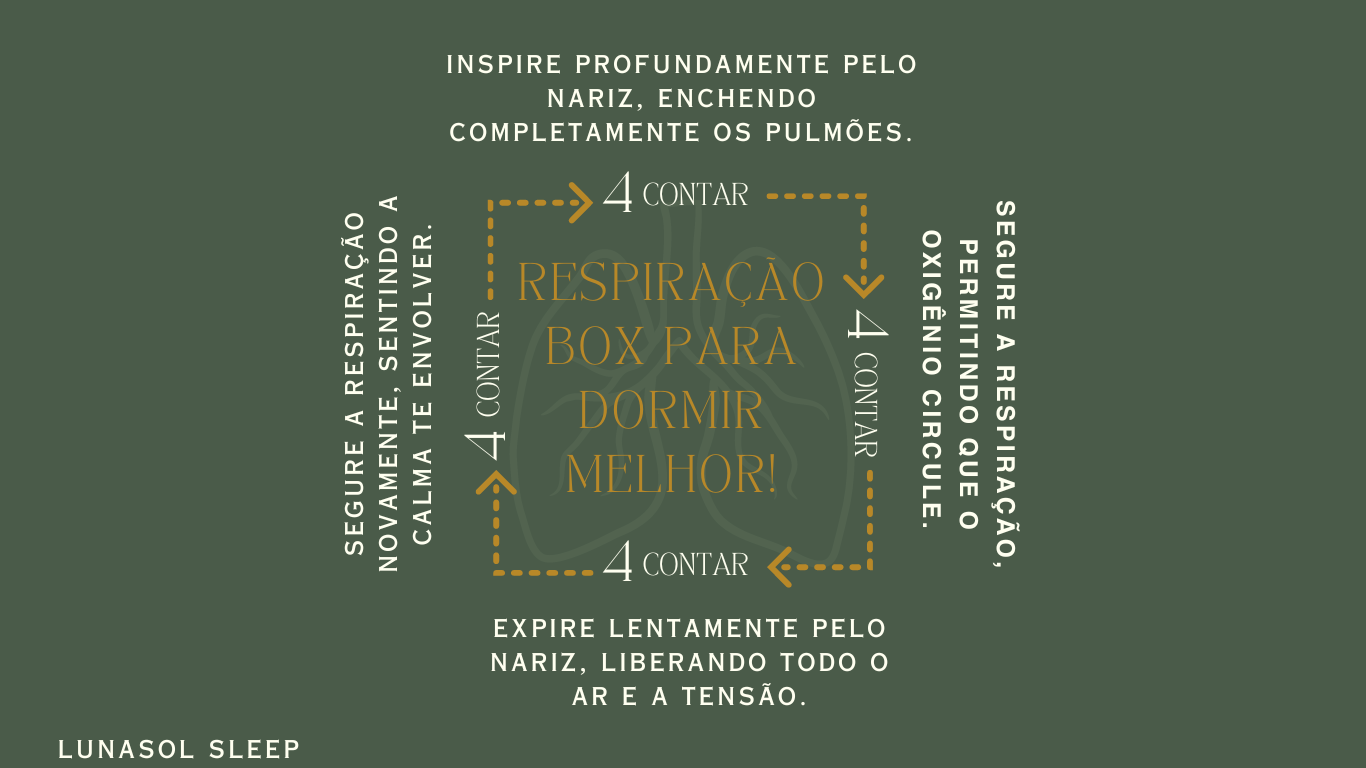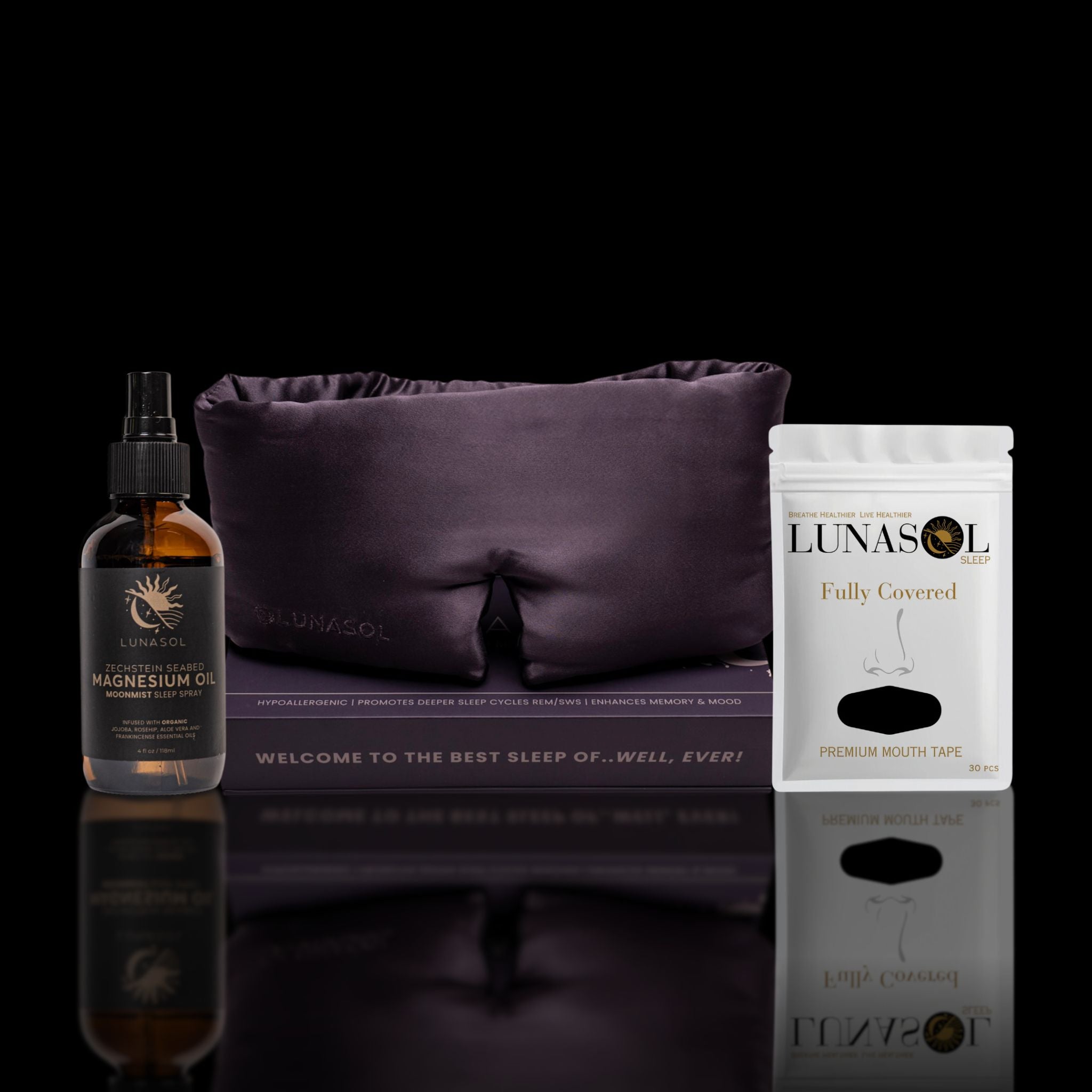Breathing: A Vital Process and Its Impact on Health
Breathing is a fundamental process essential to life, but the way we breathe—through the nose or mouth—can significantly impact our health. This blog post explores mouth breathing, explaining what it is, why it occurs, how and when we start doing it, and the extensive effects it has on human health. Understanding these aspects can help us appreciate the importance of proper breathing and encourage healthier habits. We will also highlight how Lunasol Sleep Tape can help correct mouth breathing, improving overall health.
What is Mouth Breathing?
Mouth breathing is the act of inhaling and exhaling through the mouth instead of the nose. While occasional mouth breathing is normal—such as during intense physical activity or when nasal congestion is present—habitual mouth breathing can lead to various health issues. The nasal passages play a crucial role in filtering, warming, and humidifying the air we breathe, a function that is bypassed when we breathe through the mouth.
Why Do We Breathe Through the Mouth?
Several factors can contribute to the development of mouth breathing:
- Nasal Obstructions: Conditions such as allergies, sinus infections, a deviated septum, nasal polyps, or enlarged adenoids and tonsils can block nasal passages, forcing people to breathe through their mouths.
- Habitual Behavior: Some people develop mouth breathing as a habit, especially during childhood. This can result from prolonged thumb-sucking, pacifier use, or bottle-feeding, which encourages an open-mouth posture.
- Structural Problems: Anatomical factors such as a small jaw, high palate, or certain dental issues can make nasal breathing difficult, leading to mouth breathing.
- Respiratory Conditions: Conditions such as asthma, chronic bronchitis, and other respiratory diseases may cause mouth breathing due to the need for increased oxygen intake.
When and How Do We Start Mouth Breathing?
Historically, humans were predominantly nasal breathers. However, several factors over time have contributed to the increase in mouth breathing. These include changes in diet, lifestyle, and environmental conditions.
- Dietary Changes: The shift from a natural diet of hard-to-chew foods to a modern diet of softer, processed foods has impacted jaw development. Softer foods require less chewing, leading to weaker jaw muscles and narrower airways, which can contribute to mouth breathing.
- Modern Lifestyle: Increased indoor living, exposure to allergens, and pollutants have led to more frequent nasal congestion and respiratory issues, encouraging mouth breathing.
- Dental and Orthodontic Practices: The use of pacifiers, bottles, and certain orthodontic treatments are also linked to changes in oral and facial development, promoting mouth breathing.
Health Effects of Mouth Breathing
Chronic mouth breathing can have numerous adverse health effects, impacting various aspects of physical and mental well-being. Here are some of the most significant consequences:
- Dental Problems: Mouth breathing can lead to dry mouth, which reduces saliva production. Saliva plays a crucial role in maintaining oral health by neutralizing acids and preventing cavities. Consequently, mouth breathers are more prone to cavities, gum disease, and bad breath.
- Facial and Dental Development: In children, mouth breathing can affect facial and dental development. It can lead to a longer face, narrower palate, and misaligned teeth, conditions often referred to as “long face syndrome” or “adenoid facies.”
- Sleep Disorders: Mouth breathing is closely associated with sleep disorders like sleep apnea and snoring. These conditions disrupt sleep patterns, leading to poor sleep quality and daytime fatigue.
- Respiratory Problems: The nose acts as a natural filter, trapping dust, allergens, and pathogens. Mouth breathing bypasses this filtration system, increasing the risk of respiratory infections, allergies, and asthma exacerbations.
- Reduced Oxygen Intake: Nasal breathing facilitates the production of nitric oxide, which helps dilate blood vessels and improve oxygen uptake. Mouth breathing, on the other hand, can lead to shallow, inefficient breathing and reduced oxygen levels in the blood.
- Cognitive and Behavioral Effects: Poor sleep quality and reduced oxygen intake can negatively impact cognitive function, concentration, and behavior, especially in children. Studies show that children who mouth breathe are more likely to face learning difficulties and behavioral problems.
- Physical Appearance: Chronic mouth breathing can alter facial structure over time. It can lead to a recessed chin, elongated face, and poor posture, which can impact an individual’s appearance and self-esteem.
- Speech and Swallowing Problems: Mouth breathing can interfere with normal speech and swallowing patterns, leading to speech impediments and difficulties with eating.
Detailed Examination of Mouth Breathing
Dental Problems
When we breathe through the mouth, saliva production decreases, resulting in dry mouth. Saliva is essential for maintaining oral health as it neutralizes acids produced by bacteria in the mouth, removes food particles, and provides disease-fighting substances throughout the mouth. Without enough saliva, the risk of developing cavities, gum disease, and bad breath increases significantly. Additionally, dry mouth can cause discomfort, making it difficult to speak, chew, and swallow properly.
Facial and Dental Development in Children
Mouth breathing can significantly impact the development of a child’s face and dental structures. Chronic mouth breathing causes children to adopt a low tongue posture and an open-mouth position, which can lead to changes in facial structure. These changes often result in a longer face, a narrower upper jaw, and dental misalignments such as overbites or crossbites. These issues are commonly referred to as “adenoid facies” or “long face syndrome.” Early detection and intervention are crucial to preventing long-term developmental problems.
Sleep Disorders
Mouth breathing is a major contributor to sleep disorders like sleep apnea and snoring. Sleep apnea is characterized by repeated interruptions in breathing during sleep, leading to fragmented sleep and reduced oxygen levels in the blood. Snoring, caused by the vibration of soft tissues in the throat, can disrupt the sleep of both the individual and their partner. Both conditions lead to poor sleep quality, which can cause daytime fatigue, irritability, and reduced cognitive function. Addressing mouth breathing can significantly improve sleep quality and overall well-being.
Respiratory Problems
The nose acts as a natural filter, trapping dust, allergens, and pathogens before they can enter the respiratory system. Mouth breathing bypasses this crucial filtration process, increasing the risk of respiratory infections, allergies, and asthma exacerbations. Additionally, the nasal passages warm and humidify the air we breathe, making it more suitable for the lungs. Without this conditioning, cold and dry air entering through the mouth can irritate the airways and lungs, leading to chronic respiratory problems.
Reduced Oxygen Intake
Nasal breathing facilitates the production of nitric oxide, a molecule that plays a vital role in dilating blood vessels and improving oxygen uptake in the body. Mouth breathing, however, often results in shallow and ineffective breaths, which can reduce the amount of oxygen entering the bloodstream. This can lead to symptoms such as fatigue, dizziness, and reduced physical performance. Chronically low oxygen levels can also contribute to cardiovascular problems and negatively affect overall health.
Cognitive and Behavioral Effects
Children who are chronic mouth breathers may experience cognitive and behavioral issues due to poor sleep quality and reduced oxygen intake. Studies show that children with sleep-disordered breathing, including those who mouth breathe, are more likely to have difficulties with attention, learning, and behavior. These children may exhibit symptoms similar to ADHD, such as hyperactivity, inattention, and impulsivity. Addressing mouth breathing and improving sleep quality can lead to significant improvements in cognitive function and behavior.
Physical Appearance
Chronic mouth breathing can alter an individual’s facial structure over time. This can result in a recessed chin, elongated face, and poor posture, which can affect an individual’s appearance and self-esteem. In severe cases, these changes can also lead to functional problems, such as difficulty biting, chewing, and speaking. Orthodontic treatments and myofunctional therapy can help address these issues, but early intervention is key to preventing long-term changes in facial structure.
Speech and Swallowing Problems
Mouth breathing can interfere with normal speech and swallowing patterns, leading to speech impediments and difficulties with eating. Children who mouth breathe may develop speech problems, such as lisping or difficulty pronouncing certain sounds. Additionally, the habit of mouth breathing can affect the muscles used for swallowing, making it harder to eat and drink properly. Speech therapy and myofunctional therapy can help address these issues by retraining the muscles involved in breathing, speech, and swallowing.
The Importance of Nasal Breathing
Nasal breathing offers numerous benefits that mouth breathing cannot provide. These benefits include:
- Enhanced Filtration: Nasal passages filter dust, allergens, and pathogens, protecting the respiratory system from harmful particles.
- Temperature and Humidity Regulation: The nose warms and humidifies the air we breathe, making it more suitable for the lungs.
- Improved Oxygenation: Nasal breathing promotes deeper, more efficient breaths, increasing oxygen intake and improving overall respiratory function.
- Nitric Oxide Production: The nose produces nitric oxide, a molecule that helps dilate blood vessels, improve blood flow, and enhance oxygen delivery to tissues.
- Better Sleep Quality: Nasal breathing reduces the risk of snoring and sleep apnea, leading to better sleep quality and overall health.
- Facial and Dental Health: Nasal breathing supports proper facial and dental development, reducing the risk of malocclusion and other dental issues.
Addressing Mouth Breathing: Lunasol Sleep Tape and Beyond
To address the issue of mouth breathing and promote nasal breathing, an effective method is the use of Lunasol Sleep Tape. Lunasol Sleep Tape involves placing a strip of medical tape over the lips before sleeping, encouraging the individual to breathe through their nose. This simple technique can have profound effects on sleep quality and overall health.
Benefits of Lunasol Sleep Tape
- Improved Sleep Quality: By promoting nasal breathing, Lunasol Sleep Tape can reduce snoring and sleep apnea, leading to deeper, more restorative sleep.
- Increased Oxygenation: Nasal breathing increases oxygen intake, improving respiratory function and overall vitality.
- Oral Health: Lunasol Sleep Tape prevents dry mouth, reducing the risk of cavities, gum disease, and bad breath.
- Cognitive and Behavioral Improvements: Better sleep quality and increased oxygenation can enhance cognitive function, concentration, and mood.
- Facial and Dental Health: Encouraging nasal breathing supports proper facial and dental development, reducing the risk of malocclusion and other dental issues.
- Overall Health: Nasal breathing helps filter, warm, and humidify the air, protecting the respiratory system and promoting overall health.
How to Use Lunasol Sleep Tape
- Choose the Right Tape: Use Lunasol Sleep Tape, a hypoallergenic medical tape designed for sensitive skin. Avoid using regular adhesive tapes, which may cause irritation.
- Prepare Your Skin: Clean and dry your lips and the surrounding area to ensure the tape adheres properly.
- Apply the Tape: Place a small strip of Lunasol Sleep Tape vertically or horizontally over your lips, ensuring it is secure but not too tight. You should be able to breathe comfortably through your nose.
- Monitor Your Progress: Start by using Lunasol Sleep Tape for short periods, gradually increasing the duration as you become more comfortable. If you experience discomfort or difficulty breathing, discontinue use and consult a healthcare professional.
Conclusion
Mouth breathing, often overlooked, can have significant implications for health. By understanding what it is, why we do it, and its effects, we can take proactive steps to promote nasal breathing and improve our overall health. Lunasol Sleep Tape is a simple yet effective technique that can help address mouth breathing, improve sleep quality, and support better respiratory function. By striving to breathe healthier, we can live healthier, more fulfilling lives.
Breathe Healthier - Live Healthier
References:
Jefferson, Y. (2010). Mouth breathing: Adverse effects on facial growth, health, academics, and behavior. General Dentistry, 58(1), 18-25.
Guilleminault, C., Partinen, M., Quera-Salva, M. A., Hayes, B., Dement, W. C., & Nino-Murcia, G. (1989). Determinants of daytime sleepiness in obstructive sleep apnea. Chest, 96(1), 123-127.
McKeown, P. (2015). The Oxygen Advantage: Simple, Scientifically Proven Breathing Techniques to Help You. HarperCollins.
Benjafield, A. V., Ayas, N. T., Eastwood, P. R., Heinzer, R., Ip, M. S., Morrell, M. J., ... & Malhotra, A. (2019). Estimation of the global prevalence and burden of obstructive sleep apnoea: a literature-based analysis. The Lancet Respiratory Medicine, 7(8), 687-698.


